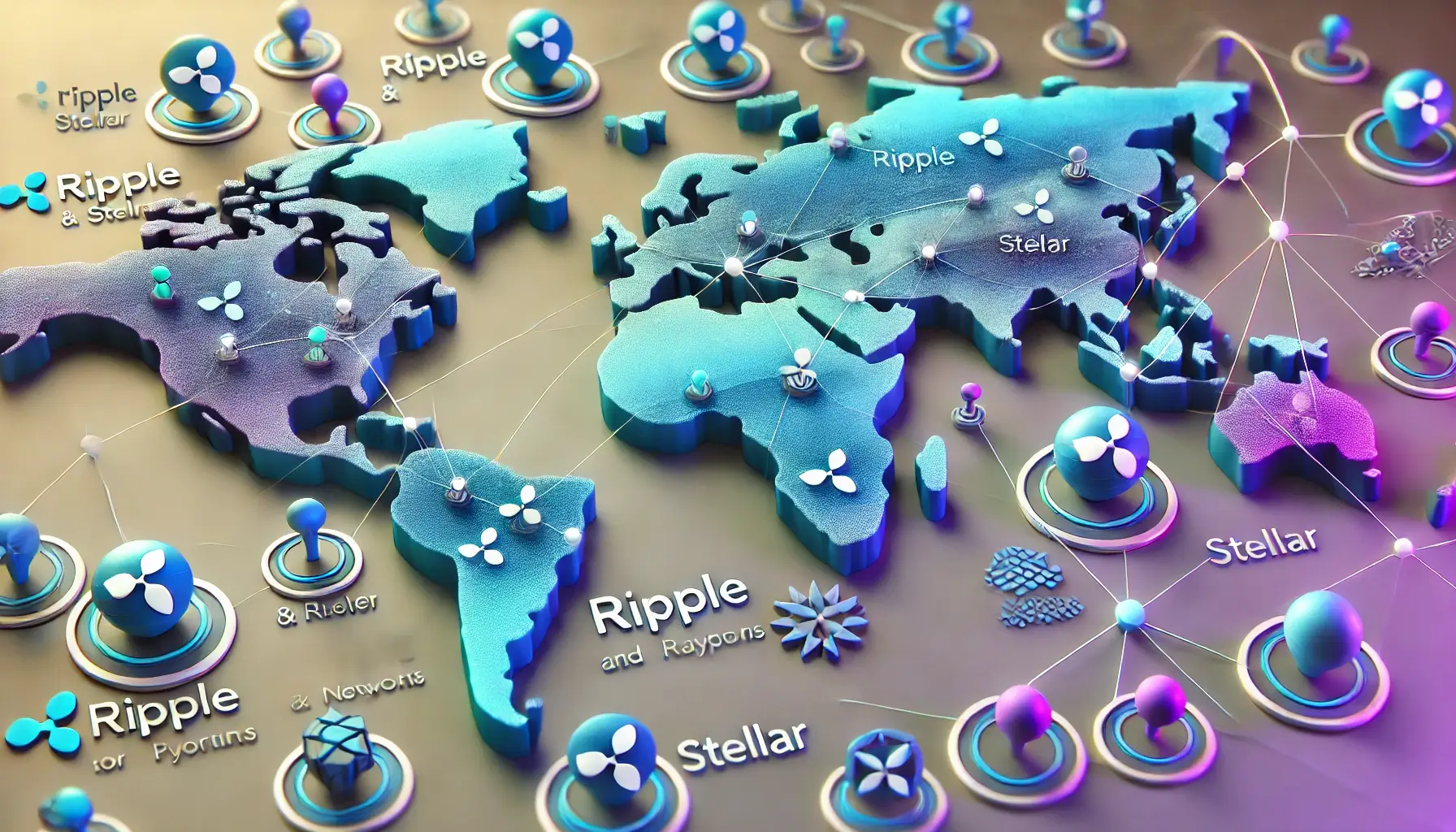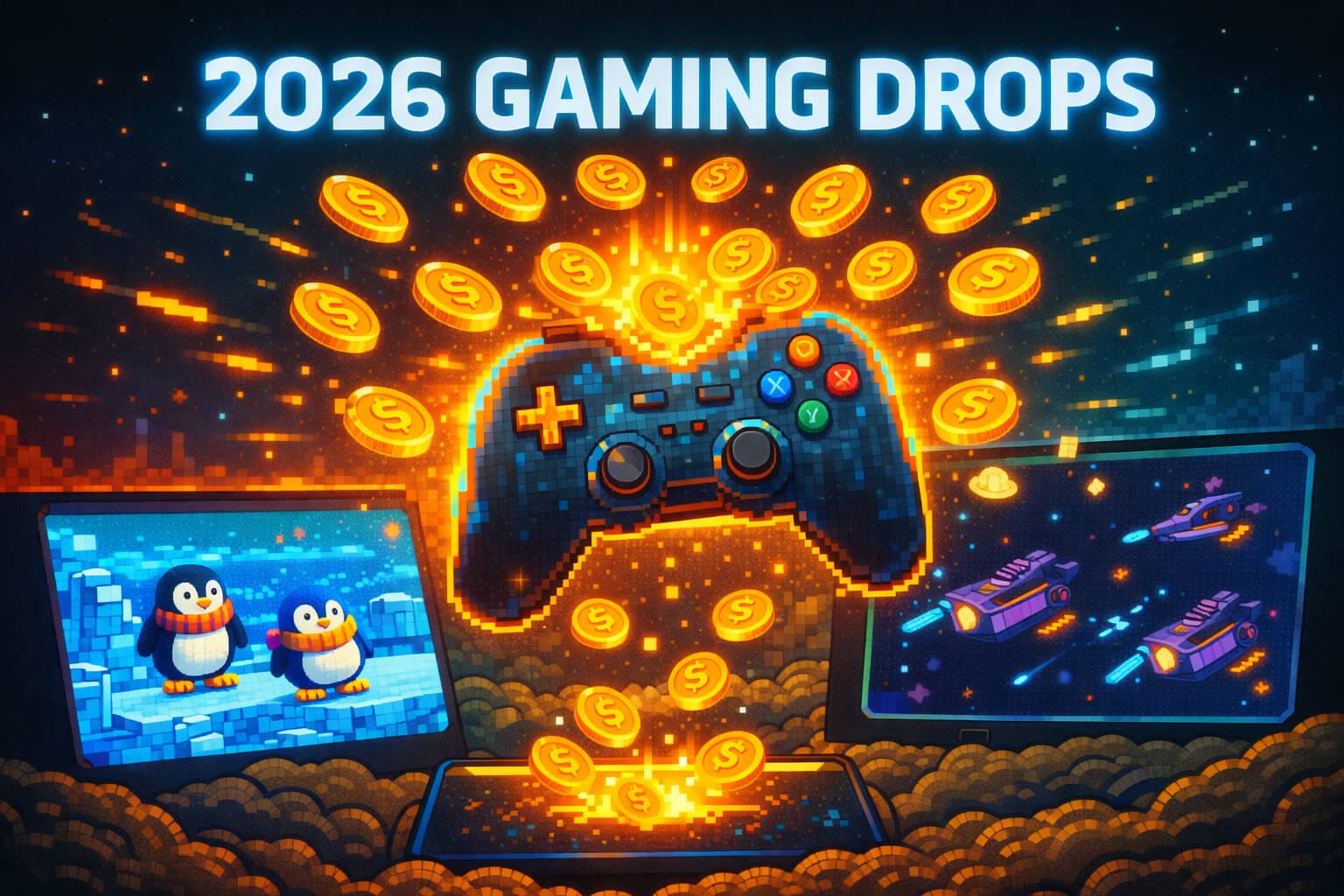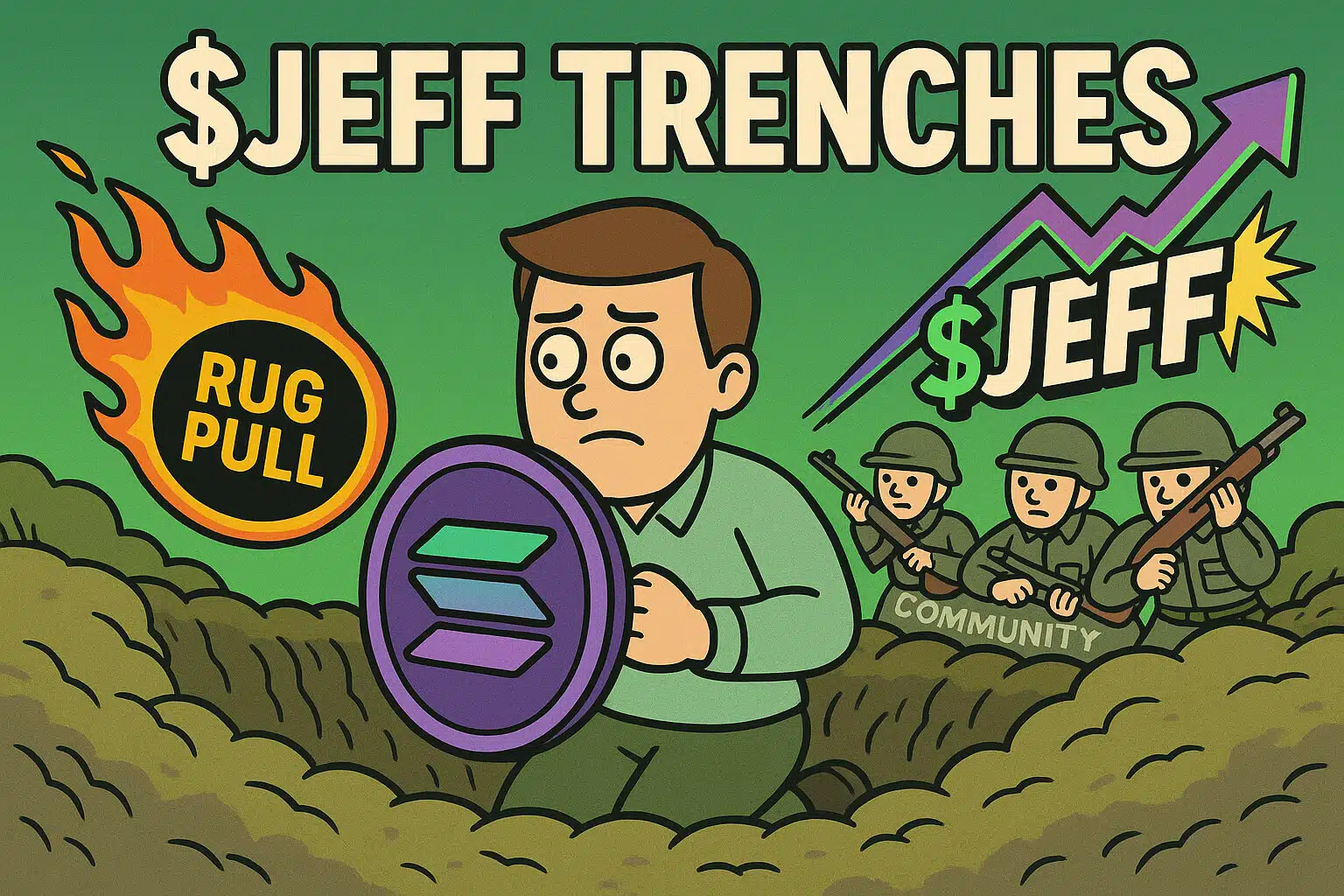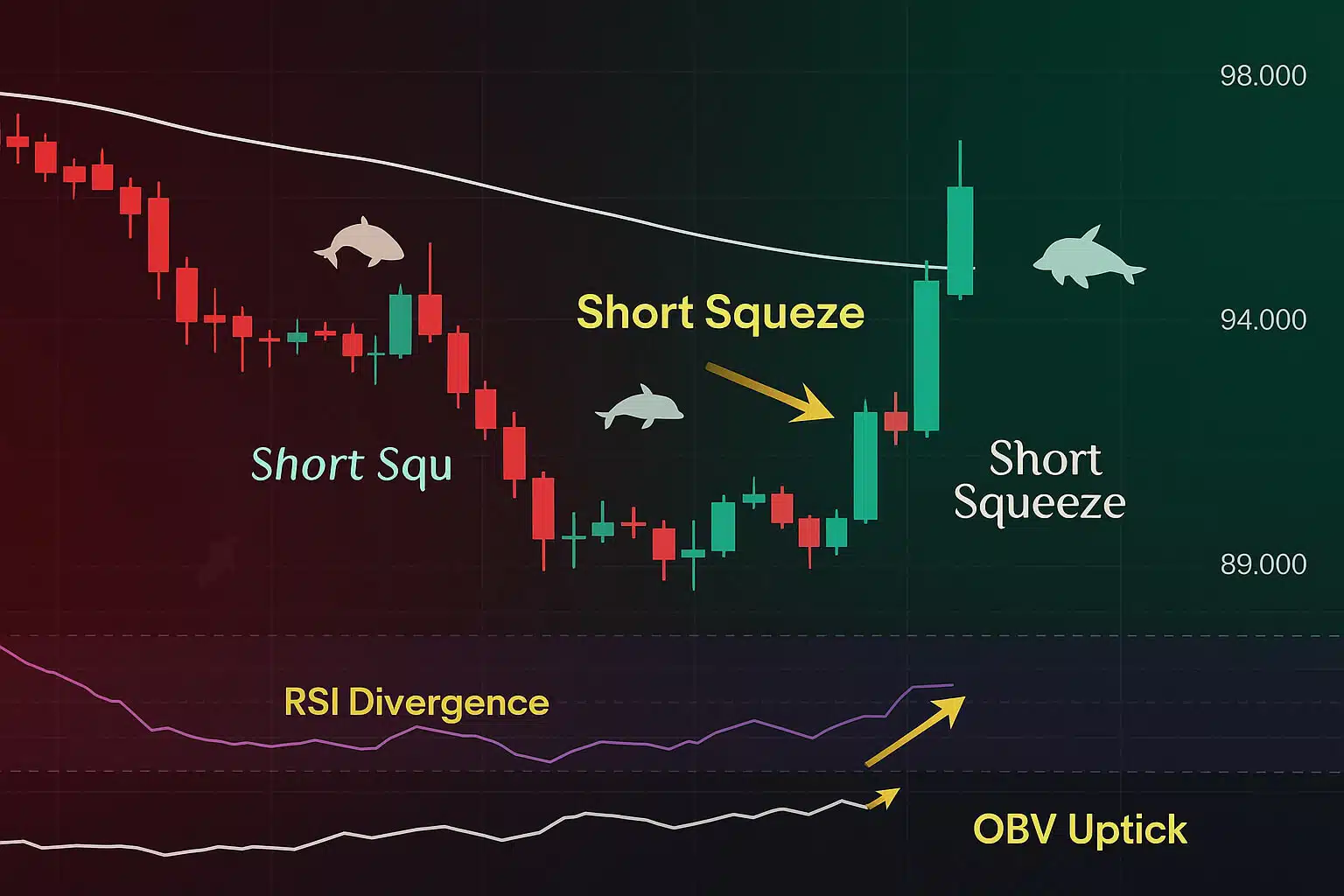1. Introduction: The Importance of Cryptocurrency Comparisons
The cryptocurrency market is incredibly diverse, with thousands of digital currencies available for investment and use. However, not all cryptocurrencies are created equal. Each has its own unique features, use cases, and market performance. For investors, traders, and enthusiasts, understanding the differences between these digital assets is crucial for making informed decisions. This guide provides a comprehensive comparison of some of the top cryptocurrencies in 2024, highlighting their strengths, weaknesses, and potential future impact.
2. Bitcoin (BTC) vs. Ethereum (ETH): The Battle of the Giants
Overview:
Bitcoin and are the two most well-known and widely adopted cryptocurrencies. While both are giants in the crypto space, they serve different purposes and have distinct technical characteristics.
Bitcoin (BTC):
- Purpose: Primarily used as a store of value and medium of exchange, often referred to as “digital gold.”
- Technology: Operates on a Proof of Work (PoW) consensus mechanism, ensuring security but with high energy consumption.
- Market Position: Bitcoin remains the largest cryptocurrency by market capitalization, widely accepted and recognized globally.
- Advantages: High security, wide adoption, and a strong brand reputation.
- Challenges: Scalability issues, slower transaction times, and high energy consumption.
Ethereum (ETH):
- Purpose: Ethereum is a decentralized platform that enables smart contracts and decentralized applications (dApps).
- Technology: Recently transitioned to a Proof of Stake (PoS) consensus mechanism with Ethereum 2.0, reducing energy usage and improving scalability.
- Market Position: Second largest cryptocurrency by market capitalization, with a robust ecosystem of dApps and DeFi projects.
- Advantages: Versatility in supporting smart contracts, large developer community, and ongoing innovation.
- Challenges: High gas fees during peak usage times and growing competition from other smart contract platforms.
Bitcoin and Ethereum are the titans of the cryptocurrency world, each excelling in their respective domains. Bitcoin’s strength lies in its security and status as a store of value, while Ethereum leads in smart contract functionality and decentralized applications. Investors often choose to hold both, depending on their investment goals.
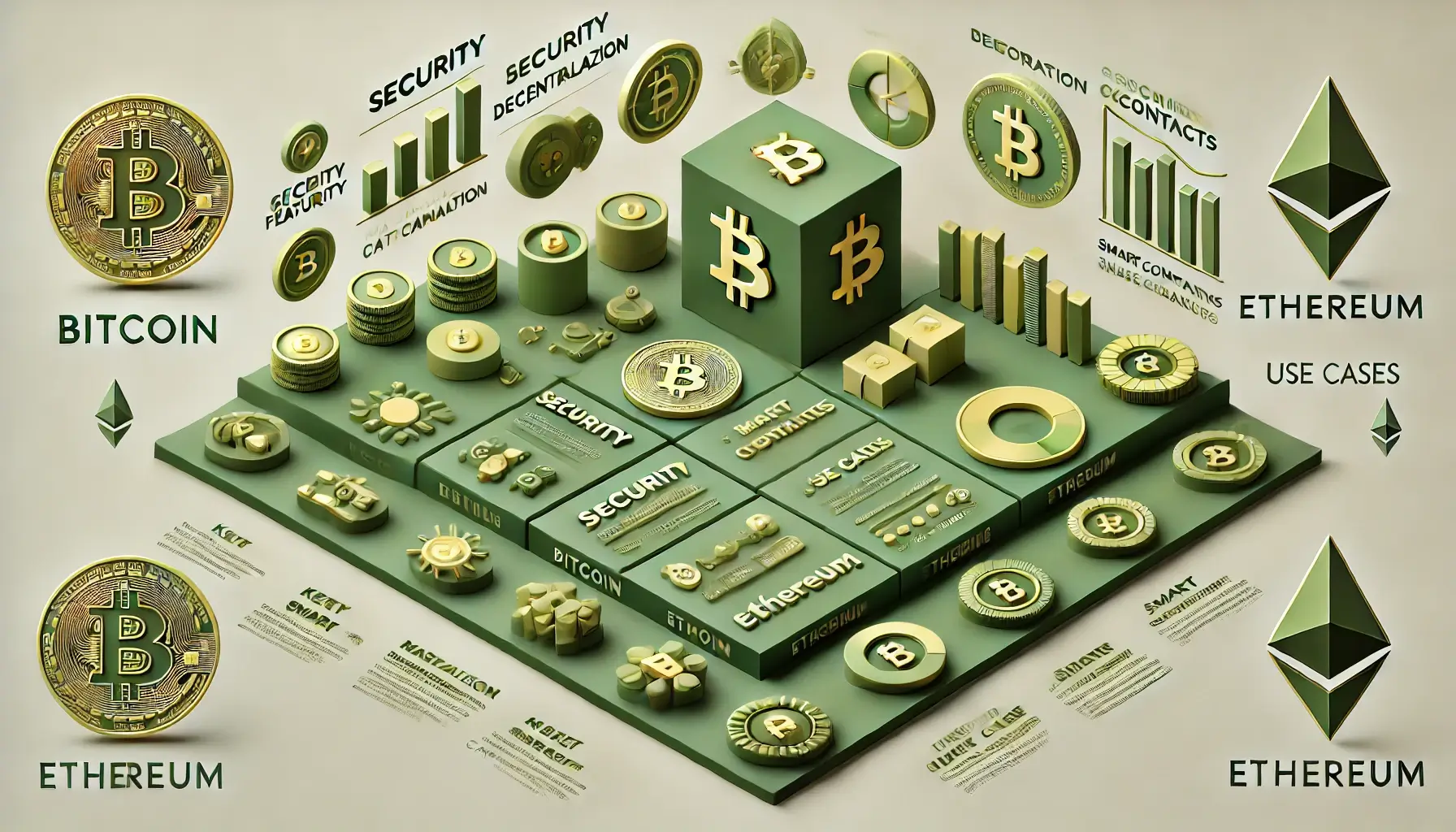
3. Solana (SOL) vs. Avalanche (AVAX): The Speed and Scalability Race
Overview:
Solana and Avalanche are two of the fastest-growing blockchain platforms, both designed to address scalability and transaction speed key challenges that earlier blockchains like Bitcoin and Ethereum face.
Solana (SOL):
- Purpose: A high-performance blockchain designed for decentralized applications and crypto projects requiring fast transaction processing.
- Technology: Uses a unique Proof of History (PoH) combined with Proof of Stake (PoS) to achieve high throughput, processing over 65,000 transactions per second.
- Market Position: Known for its speed and low transaction costs, Solana has quickly become a favorite for developers, especially in the DeFi and NFT spaces.
- Advantages: Ultra-fast transaction speed, low fees, and a growing ecosystem.
- Challenges: Occasional network outages and centralization concerns.
Avalanche (AVAX):
- Purpose: A scalable platform for decentralized applications, with a focus on custom blockchain creation (subnets) and enterprise use cases.
- Technology: Avalanche uses a novel consensus protocol that enables high throughput and fast finality, processing thousands of transactions per second.
- Market Position: Gaining popularity for its flexibility and scalability, particularly in creating customized blockchains and DeFi applications.
- Advantages: High transaction speed, customizable blockchains, and strong emphasis on interoperability.
- Challenges: Relatively new compared to Ethereum and Bitcoin, with a smaller ecosystem.
Solana and Avalanche are leading the charge in the race for scalability and transaction speed. Solana’s focus on performance makes it ideal for high-volume applications, while Avalanche’s modular approach offers flexibility for developers. Both platforms are set to play significant roles in the future of decentralized applications.
Special Offer
For an enhanced trading experience, consider Bybit. Sign up through our referral link to unlock exclusive rewards, including up to $30,000 in deposit bonuses, and elevate your trading journey.
4. Cardano (ADA) vs. Polkadot (DOT): Competing for the Future of Blockchain
Overview:
Cardano and Polkadot are both third-generation blockchains aiming to improve upon the shortcomings of earlier platforms like Ethereum and Bitcoin. They focus on scalability, interoperability, and sustainability.
Cardano (ADA):
- Purpose: A research-driven blockchain platform with a focus on security, scalability, and sustainability, designed to support dApps and smart contracts.
- Technology: Operates on a Proof of Stake (PoS) consensus mechanism called Ouroboros, known for its energy efficiency.
- Market Position: Cardano has a strong community and is known for its methodical approach to development, often referred to as the “academic blockchain.”
- Advantages: Strong focus on security and sustainability, energy-efficient PoS consensus, and a growing ecosystem of dApps.
- Challenges: Slower development process compared to competitors and limited dApp adoption so far.
Polkadot (DOT):
- Purpose: Designed to enable different blockchains to transfer messages and value in a trust-free fashion, with a focus on interoperability and scalability.
- Technology: Polkadot uses a unique sharding mechanism called parachains, allowing for multiple blockchains to operate in parallel and share security.
- Market Position: Polkadot is known for its innovative approach to interoperability, with a rapidly growing ecosystem of parachains and projects.
- Advantages: High interoperability, scalability through parachains, and a strong emphasis on governance and community involvement.
- Challenges: Complex architecture, and it is still in the early stages of full implementation.
Cardano and Polkadot represent two different approaches to the future of blockchain technology. Cardano’s focus on research and methodical development contrasts with Polkadot’s emphasis on interoperability and parallel processing. Both are promising platforms with the potential to shape the next generation of blockchain applications.
5. Ripple (XRP) vs. Stellar (XLM): The Battle for Cross-Border Payments
Overview:
Ripple and Stellar are two cryptocurrency projects focused on revolutionizing cross-border payments. While they share a similar origin, their approaches and target markets differ.
Ripple (XRP):
- Purpose: Ripple is designed to enable fast, low-cost international payments, primarily targeting banks and financial institutions.
- Technology: Ripple uses a unique consensus protocol rather than Proof of Work or Proof of Stake, allowing for quick and efficient transactions.
- Market Position: Despite ongoing legal challenges with the SEC, Ripple remains a leading cryptocurrency for cross-border payments, with numerous partnerships in the financial sector.
- Advantages: High transaction speed, low cost, and strong partnerships with financial institutions.
- Challenges: Legal uncertainty in the U.S. and concerns about centralization.
Stellar (XLM):
- Purpose: Stellar aims to facilitate low-cost cross-border transactions for individuals and small businesses, focusing on financial inclusion.
- Technology: Stellar also uses a consensus protocol, similar to Ripple, but focuses on different use cases, primarily targeting unbanked populations.
- Market Position: Stellar has gained recognition for its efforts in financial inclusion and its partnerships with NGOs and financial institutions.
- Advantages: Low-cost transactions, focus on financial inclusion, and strong partnerships in the developing world.
- Challenges: Competition with Ripple and other payment-focused cryptocurrencies.
Ripple and Stellar are leading contenders in the cross-border payments space. Ripple’s focus on large financial institutions contrasts with Stellar’s emphasis on financial inclusion and individual users. Both have unique strengths that cater to different segments of the global financial market.
Comparing Cryptocurrencies in 2024: Navigating a Diverse Landscape
The cryptocurrency market in 2024 offers a diverse range of digital assets, each with its own unique value proposition. From Bitcoin’s dominance as a store of value to Ethereum’s leadership in smart contracts, and from Solana’s speed to Ripple’s cross-border payment solutions, the options are vast.
Stay Updated
For the latest insights on cryptocurrency comparisons and other blockchain technologies, follow us on:
Stay informed with the latest strategies and developments in the cryptocurrency space at FreeCoins24.io.


